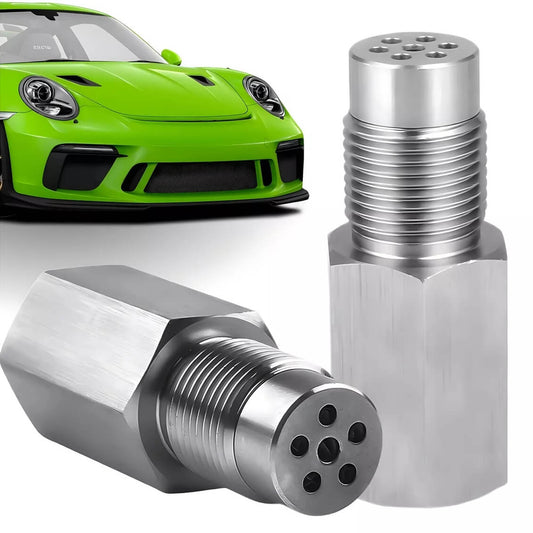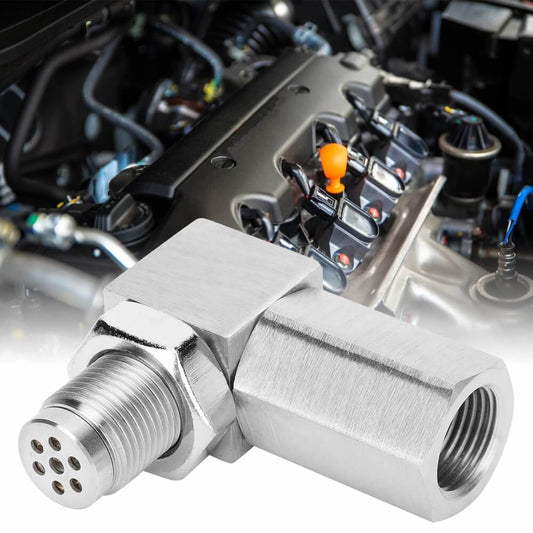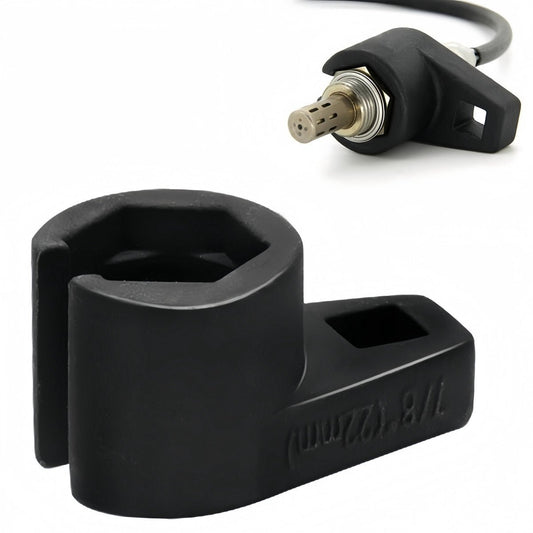Mini Catalizador: Efficient Catalysis, a Compact Pioneer in Environmental Protection
Share
In today's world, where environmental awareness is growing, energy conservation and emission reduction have become common goals across various industries. In this green revolution, the Mini Catalizador (mini catalytic converter) has emerged as a pioneer in environmental protection due to its unique high-efficiency catalytic performance and compact size.

The original design intention of the Mini Catalizador was to solve the issues that traditional catalysts face in applications, such as large size, low reaction efficiency, and difficulty in maintenance. Through advanced materials science and nanotechnology, researchers have successfully reduced the size of the catalyst while maintaining its excellent catalytic performance. This allows the Mini Catalizador to work efficiently in confined spaces while effectively reducing energy consumption and improving reaction efficiency.
In the automotive industry, the application of the Mini Catalizador is especially significant. Traditional car exhaust emissions contain a large number of harmful substances such as carbon monoxide, nitrogen oxides, and hydrocarbons. The Mini Catalizador, with its high catalytic efficiency, can rapidly convert these harmful substances into harmless carbon dioxide, nitrogen, and water vapor, greatly reducing the environmental pollution caused by vehicle emissions. Additionally, due to its compact size, the Mini Catalizador can be easily installed in the exhaust system of a car engine without negatively impacting the vehicle's overall performance.
Apart from the automotive industry, the Mini Catalizador shows great potential in other fields such as chemicals, environmental protection, and energy. In chemical production, it can act as a catalyst to accelerate chemical reactions and improve production efficiency. In environmental protection, it can be used for air purification, water treatment, and other applications, effectively removing harmful gases from the air and pollutants from water. In the energy sector, it can also serve as a key component in fuel cells, enhancing fuel cell efficiency and stability.
It is worth noting that the environmental benefits of the Mini Catalizador are not solely limited to its catalytic performance. Due to its compact size and ease of maintenance, it also helps reduce resource consumption and waste generation. For instance, during the replacement and maintenance of the catalyst, the Mini Catalizador can significantly lower replacement frequency and maintenance costs, thus reducing the potential environmental impact of discarded catalysts.
However, despite the many advantages of the Mini Catalizador, there are still some issues to consider in practical applications. For example, the choice and ratio of catalysts need to be optimized based on specific reaction conditions and target products. The stability and durability of the catalyst must also be regularly monitored and evaluated during use. Furthermore, as technology continues to advance and costs decrease, the potential for the widespread application of the Mini Catalizador will continue to grow.
In conclusion, with its high-efficiency catalytic performance and compact size, the Mini Catalizador demonstrates great potential and value in the environmental protection field. As technology continues to develop and its applications expand, it will become one of the key forces driving the green revolution. We look forward to seeing the Mini Catalizador play an even greater role in more fields in the future, contributing more wisdom and strength to the sustainable development of humanity.





